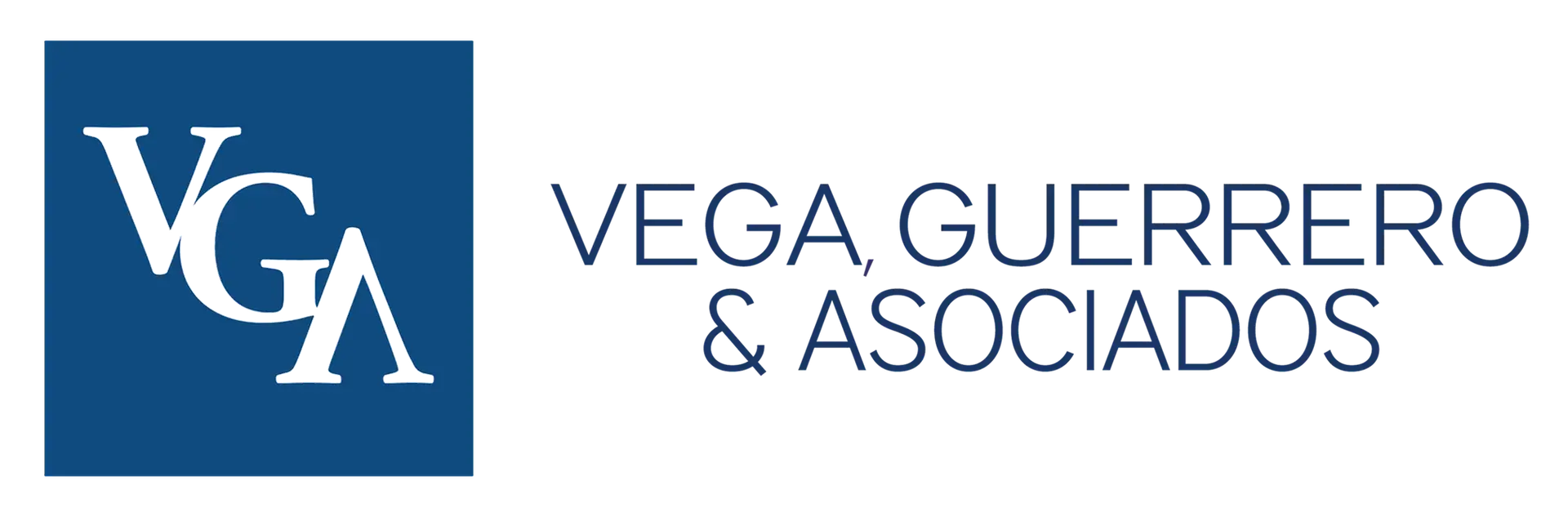As we have discussed in previous articles, industrial property is a fundamental pillar in the protection of intellectual property rights, ensuring that the creations and developments of individuals and companies are safeguarded against possible unauthorized uses. In this context, the Administrative Declaration of Infringement emerges as a crucial tool to protect these rights and maintain the integrity of the industrial property system.
What is the Administrative Declaration of Infringement in Industrial Property Matters?
The Administrative Declaration of Infringement is a legal instrument through which the holder of an industrial property right officially notifies the competent authority of an alleged infringement of their rights. This process is used to report activities that violate the rights of trademarks, patents, industrial designs, or other forms of industrial property.
Process of Administrative Declaration of Infringement:
- Detection of Infringement: The process begins with the identification by the holder of the industrial property right of an alleged infringement. This may include the unauthorized use of a registered trademark, the reproduction of a patented design, or any other violation of rights conferred by industrial property.
- Collection of Evidence: The holder must gather solid evidence supporting their infringement claim. This may include photographs, documents, sales records, or any other evidence demonstrating the violation of their rights.
- Notification to the Competent Authority: Once the evidence is collected, the holder submits an Administrative Declaration of Infringement to the competent authority. In many countries, this is usually the industrial property office or the entity responsible for managing intellectual property rights.
- Evaluation by the Authority: The competent authority examines the Administrative Declaration and the evidence presented. In some cases, it may request additional information from the holder or the alleged infringer.
- Notification to the Infringer: If the authority determines that there are indications of infringement, it notifies the alleged infringer of the situation and provides them with the opportunity to present their arguments and evidence in their defense.
- Authority’s Decision: After considering all the evidence and arguments presented, the authority issues a decision. This may include imposing corrective measures, such as ceasing the infringing activity, compensation, or any other measure deemed appropriate.
Estimated Time:
The time it takes for this process can vary considerably depending on the complexity of the case, the workload of the competent authority, and other factors. In some cases, it is resolved promptly (within a couple of months), while in others, especially those involving more complex legal disputes, it may take longer.
Vega, Guerrero & Asociados, through the Industrial Property Area team, is available to provide advice on any questions that may arise regarding this article.




